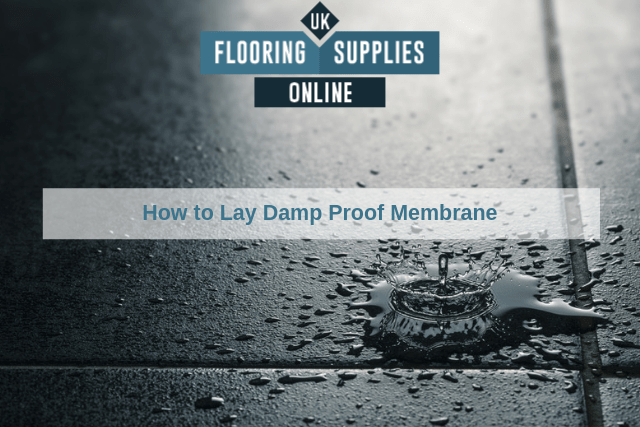How to Lay Damp Proof Membrane
 Moisture is a pronounced problem in many homes. Whether referring to walls or floors, a damp environment can cause serious issues. This is why it is often advisable to apply what is known as a damp-proof membrane (DPM).
Moisture is a pronounced problem in many homes. Whether referring to walls or floors, a damp environment can cause serious issues. This is why it is often advisable to apply what is known as a damp-proof membrane (DPM).
Not only can these treatments provide an excellent barrier from excessive moisture, but they are generally easy to put in place. Let us examine how to install a damp proof membrane for floors so that you can proactively prevent any future problems.
Cleaning and Surface Preparation
The good news is that applying a damp-proof solution is quite similar to painting a floor. However, it is important to note that this epoxy liquid is generally more effective than plastic damp-proof membranes.
This arises from the fact that an epoxy mixture will completely lock any moisture within the underlying surface. There are times when damp may still be able to permeate plastic (if even small gaps are present).
Be sure that all dirt and debris have first been cleared from the relevant area. The presence of these materials can cause adhesion problems. Furthermore, try to dry the surface as much as possible (although a bit of moisture will still remain). Assuming that the location is adequately prepared, the application process can begin.
Applying the Damp-Proof Membrane
You will first use a brush to “cut in” the periphery of the floor. Try to create an epoxy width of approximately four inches. You can then use an epoxy-friendly paint roller to apply the remainder of the membrane.
Work from one side of the room to the other and pay particular attention to porous surfaces; these might need an additional coat after the first one has completely cured. Work within a well-ventilated area and always read the official instructions.
Please note that UK Flooring Supplies Online provides a wide range of epoxy damp-proof membranes as well as other accessories such as heavy-duty matting, carpet tiles and laminate materials. Be sure to browse through our website or to contact us directly if you would like to learn more.


